Did you know that there are more microbes in a teaspoon of soil than there are people on Earth? There are about 100 million to 1 billion bacteria, 1 mile to 40 miles of fungal hyphae, and 1,000 to 100,000 protozoa in a teaspoon of soil. Last week, we pointed out that the pH of soil is very important to plant health, but soil microbes also provide a variety of benefits for plants.
The Benefits of Bugs
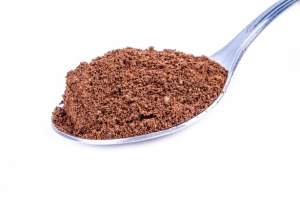 Healthy soil should contain no less than 10,000,000 bacteria per gram. Bacteria in the soil eat the exudates (simple sugars, carbons & carbohydrates) from plant roots. The protozoa eat the bacteria and emit nutrients for plants. Fungi can protect plants from pathogens and harmful microbes, as well as create pathways in the soil that bring water and nutrients back to the plant from greater distances. Bacteria and fungi work together in decomposing organic material and making nutrients available to plants.
Healthy soil should contain no less than 10,000,000 bacteria per gram. Bacteria in the soil eat the exudates (simple sugars, carbons & carbohydrates) from plant roots. The protozoa eat the bacteria and emit nutrients for plants. Fungi can protect plants from pathogens and harmful microbes, as well as create pathways in the soil that bring water and nutrients back to the plant from greater distances. Bacteria and fungi work together in decomposing organic material and making nutrients available to plants.
Microbes guarantee that nutrients are accessible to plants at a steady rate. While plants are actively growing and requiring more nutrients, so do microbes. When warm weather comes in the spring, both plants and microbes respond at a similar rate. Microbes become increasingly active in their role of breaking down organic materials into nutrients absorbed by growing plants. As cool weather sets in, plants require less nutrition and so do microbes. This lull in activity means fewer nutrients from the soil are released to the plants, and the soil can rebuild its food reserves.
Feed the Soil
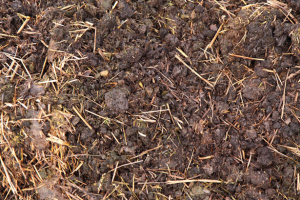
So why do you need to know all this? Well, remember from last week’s post that fertilizers, pesticides, herbicides, etc can all affect soil pH. When you add fertilizer, you’re feeding the plant, not the soil. This can increase the salt content in the soil, which changes the soil pH. And remember, soil that is too alkaline or too acidic adversely affects plant growth.
Fertilizers also affect microbe contribution to soil aggregation. Good soil aggregation leads to improvements in tilth, water retention, the rates at which water penetrates the soil, the amount of oxygen in the soil, and the reduction of runoff.
Some people believe it’s better to feed the microbes in the soil because they make the nutrients available to plants. You can feed soil microbes by adding organic material to your garden.
Organic materials:
- Compost
- Biosolids or sludge
- Manure
- Cover crops
- Peat moss
- Shredded paper & cardboard “mulch”
- Mulch
Before adding any of these organic materials to your garden, do some research to determine how much to add, how to add it, pros and cons of each material, etc. Cornell has some great information on each of these materials.
Grow a Garden of Soil Microbes
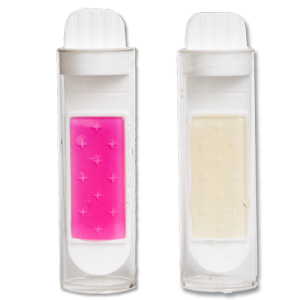 Just for fun, try using a TSA/RB dipslide to test your soil for microbes. Follow these steps:
Just for fun, try using a TSA/RB dipslide to test your soil for microbes. Follow these steps:
- Place 1-3 teaspoons of soil in a small, sterile plastic or glass container, such as a test tube or small beaker.
- Fill the container with distilled water to the same level as the soil sample.
- Shake or swirl the sample every 15 seconds for about 5 minutes to allow the soil/water sample to fully hydrate. Let the sample rest to allow the soil particles to settle.
- Remove a TSA/RB dipslide from the vial, and dip it into the solution for about 15 seconds. Replace the paddle in the vial, being careful not to touch it to any other objects.
- Incubate the paddle for 5-7 days at room temperature away from sunlight, and monitor daily for signs of growth.
- You can repeat this test in different areas and depths of soil to see if you get different results.
You should find bacteria and fungi growth on your paddle. Have fun sampling, and don’t forget to cultivate that microbe garden! Here are some examples of what we found:
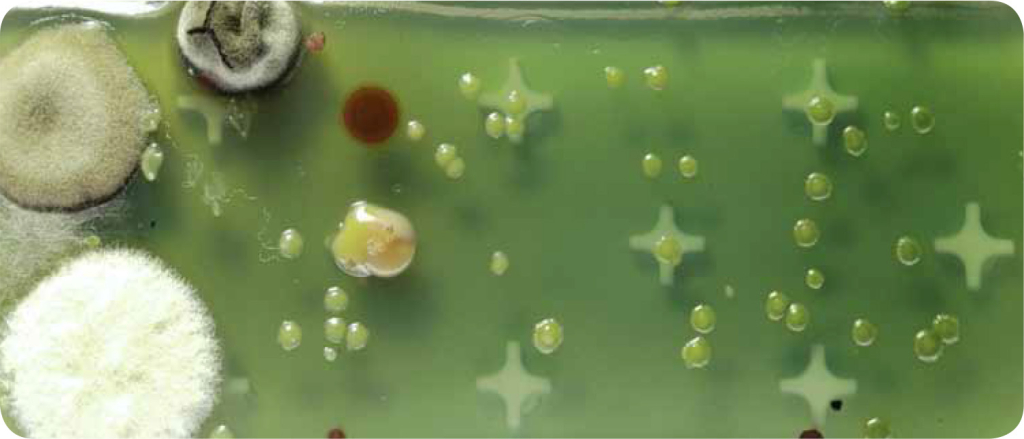
TSA Soil Sample: Streptomyces spp, Fusarium spp, Cladospordium spp, Serratia spp, Klebsiella spp, Micrococcus spp
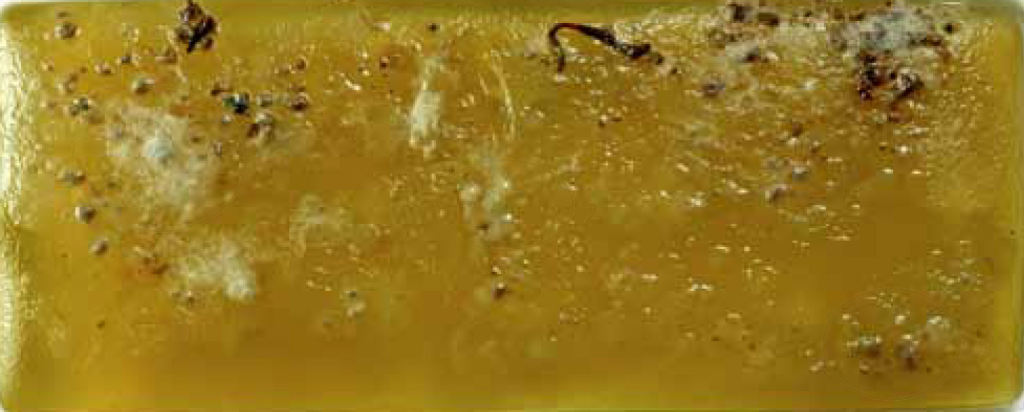
TSA Soil Sample: Fusarium spp, Bacillus spp, Serratia spp



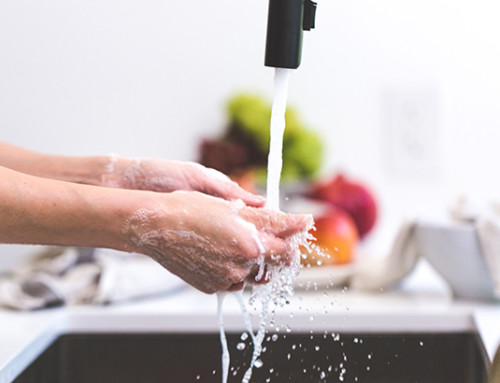

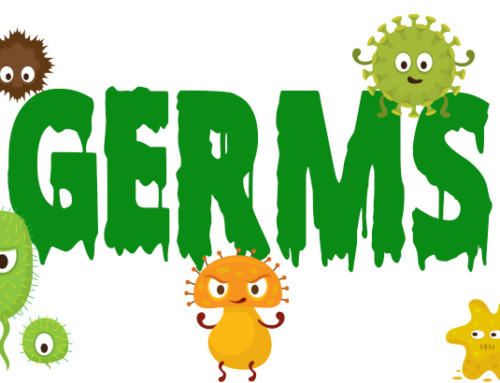

Leave A Comment